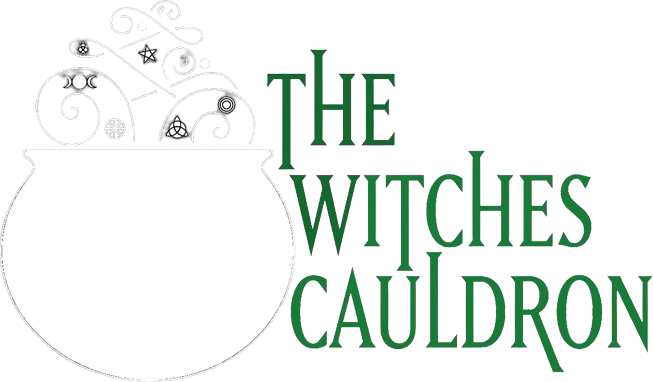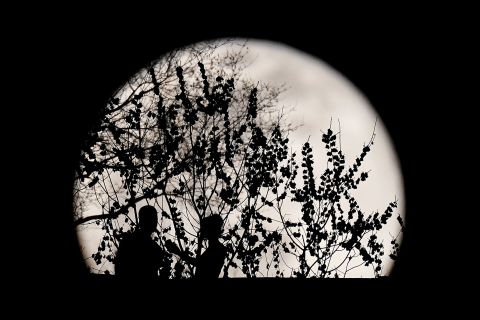March is finally here and this month you should pay special attention to the sky on the 28th because we are expecting a big, gorgeous super worm moon! If you’re not quite sure what a super moon is, it’s when the full moon appears bigger and brighter than usual, as though its closer to earth. This is because it is at the closest point to earth in its orbit. Pretty cool stuff.
The full moon in march is historically called the Worm Moon, it is believed that the worm moon gets its name from the many earth worms that begin to reappear in the soil as the spring weather moves in. Reference to worms may sound a little creepy, or perhaps a little crawly, but the worm moon is actually an extremely positive moon and it is reflective of prosperity and hope. The worms provide great nourishment and are an abundant food source for the birds and other small animals, so as the animals are able to frequently feed again, they strengthen the circle of life at its root, enabling each layer of living being to become stronger. It is reflective of an extremely hopeful time of year, with Ostara and the welcoming of the spring equinox, the worm moon welcomes a month of life becoming rich in nourishment.
Ancient civilizations across the globe would refer to the different stages of the lunar cycle as what a particular full moon meant for them at that time of the year. This could vary between cultures so there is a collection of alternative names for the Worm Moon that rises in march. Some alternitive names illustrate the resurgence of certain birds that return in nature during this time of year, such the Eagle Moon, the Crow Moon or the Goose Moon. Other names for the full moon in March refer to popular observations of the season for specific communities. The Sugar Moon or the Sap Moon refers to the time of year that the maple tree’s sap flows more freely, the sap sweet and full of energy which offered a new source of food. The Strong Wind Moon is pretty self-explanatory, it marked a time of year that was particularly windy. In some places in America, they used the name Sore Eyes Moon, because of the spring time sun reflecting off the snow that was still melting from winter.
The moon appears larger the lower it sits on the horizon, which is early in the evening. As the evening rolls in and the sky becomes darker, the moon rises higher in the sky and appears smaller to the naked eye, so you really want to keep an eye out for this impressive full moon in the early evening.
We hope that you enjoy your super worm moon watching! We know we will.




